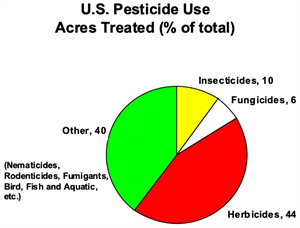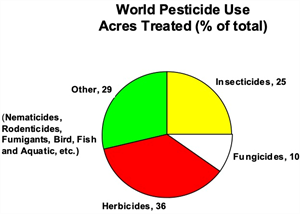-
Sep 8, 2021Ready for the Produce Season to Begin?*It’s that time of the year again. Brassica transplants are in the ground, and direct-seeded plantings are now beginning. In the past week, I’ve observed or received reports from PCAs of key insect pests beginning to show up (or not) on melon and early produce crops in the desert.
Seedling pests: Flea beetles are right on schedule, but pressure has been variable so far. Haven’t seen much in our experimental plots but heard mention of heavy FB pressure in Dome Valley on brassica transplants. Remember, FB adults lay eggs in the soil of their favored local host plants (i.e., alfalfa, cotton, purslane, pigweed and nightshade) where larvae feed on the roots and emerge as adults about 30 days later. So, keep in mind, the source of that FB infestations hitting your new stands may not just be freshly cut hay, defoliated cotton, or disked weeds. In some areas (Yuma Valley), crickets seem to be very abundant. Crickets like moisture and are often found under sprinkler pipes, but can also be found in cracks in soils around fields or in drainage areas, particularly following heavy rains like we experienced last week. For more information on FB: Insect Pests at Stand Establishment
Bagrada bug: Except for a couple of early reports, no additional sightings of bagrada bug adults yet. However, it’s still early and given the higher-than-normal monsoon rainfall and bagrada abundance last spring, they might surprise you as the season progresses. Look for those fresh feeding signs on cotyledons and young leaves. For more information on bagrada: Bagrada Bug Management Tips for the Low Desert 2021
Lepidopterous Larvae (worms): Worm pressure seems to be about normal. Trap catches so far show that Cabbage looper moths are very active now, peaking at 15 / trap/night in Wellton last week. That is significantly higher than what we observed all last season. Reports coming in of heavy oviposition on transplants. Reports of Beet armyworm larvae on the earliest transplants are beginning to trickle in. Hopefully they won’t be as bad as they were last year, but you know they’ll be there. So, get ready. You have numerous insecticide alternatives at your disposal to control them. Have had a couple of reports of Diamondback moth larvae in the field on newly transplanted brassica crops, and in one case, reports of transplants arriving to the field with pupae. Have also begun to pick up moths on pheromone traps which is a bit earlier than normal. Likely a result of immigration on high altitude winds associated with the tropical storm we experienced last week. Remember, DBM disappear each summer and only infest desert crops that either arrive on transplants or migrate in on monsoon/tropical storms. Note: There are reports of heavy DBM pressure and management issues in coastal CA production, as well as reports of trouble with DBM in Baja California and mainland Mexico. Keep an eye for DBM on early stands. I strongly stress that you monitor larvae closely on you Cole crops this fall, particularly following storms or on plants originating from coastal CA. For more information: 2021 Guidelines for Diamondback Moth Management in Desert Cole Crops.
Whiteflies: Area wide sticky trap captures have been about normal for early September, but whiteflies can also migrate long distances on high winds. Numbers increased on my melon plots 2 weeks ago but dropped dramatically following the storms last week. Reports in area fields are of light-moderate numbers so far, but there is still a lot of cotton out there yet to be picked. The good news is there are several alternatives to knock them down. For more information: 2021 Guidelines for Whitefly / CYSDV Management on Fall Melons.To contact John Palumbo go to: jpalumbo@ag.Arizona.edu















